
Discover NOKOMAGMA: the new Gravel e-bike that redefines cycling on mixed terrains
The world of pedal-assist bicycles continues to amaze with increasingly advanced innovations, and NOKO is no exception. We are thrilled to introduce our latest model:

EUROPE Free Shipping

Delivered fully assembled
fully assembled
100% made in italy
Nowadays, e-bikes are among the most used means of transportation on a daily basis, having the advantage of being economical, fast, and, at the same time, respectful of the environment. As a consequence, the quality of the riding experience becomes a decisive element for riders who use a pedal-assisted bike on a daily basis. NOKO offers the rider a natural pedaling experience thanks to a torque sensor integrated into the motor, which we believe is the secret of the smooth rides with NOKO e-bikes.
Thanks to the help of an electric motor and a lithium battery, e-bikes allow you to move from one place to another faster and with less effort than a muscular bicycle. Today’s cyclist is an increasingly demanding rider, looking for an e-bike that offers a more comfortable riding experience and a system that allows for greater autonomy for longer distances, as well as letting the cyclist be in control of its pedaling to allow for a balanced ride, no matter if it is for leisure or for exercising.

NOKO responds to these needs by offering a “smooth” and natural pedaling experience, whose movement is almost similar to that of a traditional bicycle. This is possible thanks to the torque sensor integrated into the motor, which is one of the most sought-after elements in an e-bike.
To understand why the torque sensor is so important, we need to know what a torque sensor is, and how it works, especially in improving the riding experience.
In the bike world, the term “sensor” is widely used, given its importance. There are three main types of sensors: speed, cadence, and torque. Let’s dive into additional information regarding sensors and how they work.
The speed sensor detects the vehicle’s travel speed based on the rotation of the wheel. In pedal-assisted bicycles, the speed sensor is useful for the purpose of engaging the motor and disconnecting the assistance when the maximum speed limit established is reached. Taking an example, this means that when the cyclist reaches 25 km / h (which is the limit speed allowed in Europe) the motor stops providing support, and therefore, you can continue pedaling but only with your own strength, without the motor’s assistance.

The torque sensor, or torque meter, is able to detect and subsequently transmit the force exerted on the pedals by the cyclist to the control unit. As a result, the support to be returned to the cyclist, i.e. the right assistance during pedaling, is calibrated based on the instantaneous measure of the thrust. This allows the motor to be more responsive and to significantly limit the efforts needed when pedaling.

An added benefit of torque sensors is that they are more efficient in terms of battery power and its usage. The electric assistance is activated only when the rider applies pressure on the pedals, so when braking or inertia no battery charge is wasted. For this reason, the autonomy of e-bikes with torque sensors ia usually greater than those without them.
NOKO e-bikes are equipped with the innovative FSA HM 1.0 system. The system has five levels of assistance, including the “boost” mode (displayed with the color red) which serves up to a maximum of 250W of power and 43 Nm of torque.
The FSA HM 1.0 motor is equipped with a torque sensor, and a speed sensor both integrated directly into the hub, which can easily adapt to different driving styles as well as the changing conditions encountered along the path, making the electric assistance “softer” and smoother.
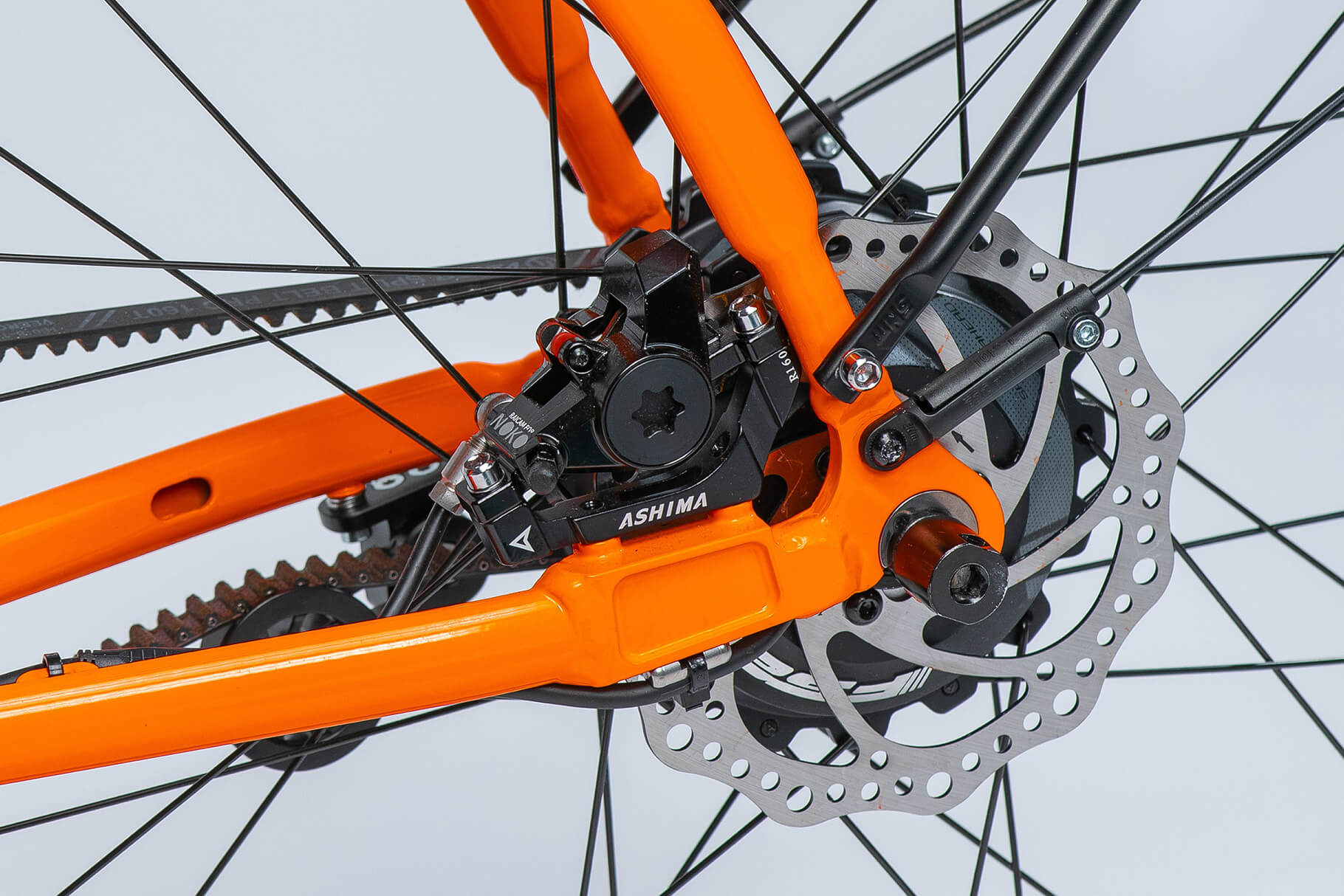
To achieve this result, FSA did also focus on reducing the weight, compactness of the system, and a low Q factor (horizontal distance between the two pedals); the latter allows for less energy dispersion, and therefore less effort.
Generally, in pedal-assisted bicycles the motor provides assistance when it receives an impulse, that is when the cyclist starts pedaling (cadence sensor). No matter how much you are pushing or how much assistance you receive, the motor will deliver torque unconditionally.
What often occurs in e-bikes is the not-very-pleasant sensation of receiving a “push” when starting the motor, which on first impression makes it seem like you are not in control of the bike for an instant. This sensation is not perceptible in NOKO e-bikes, thanks to the integrated torque sensor that allows you to “soften” the start. Power delivery is more gradual, and it assists the driver in pedaling in a fluid and natural manner.
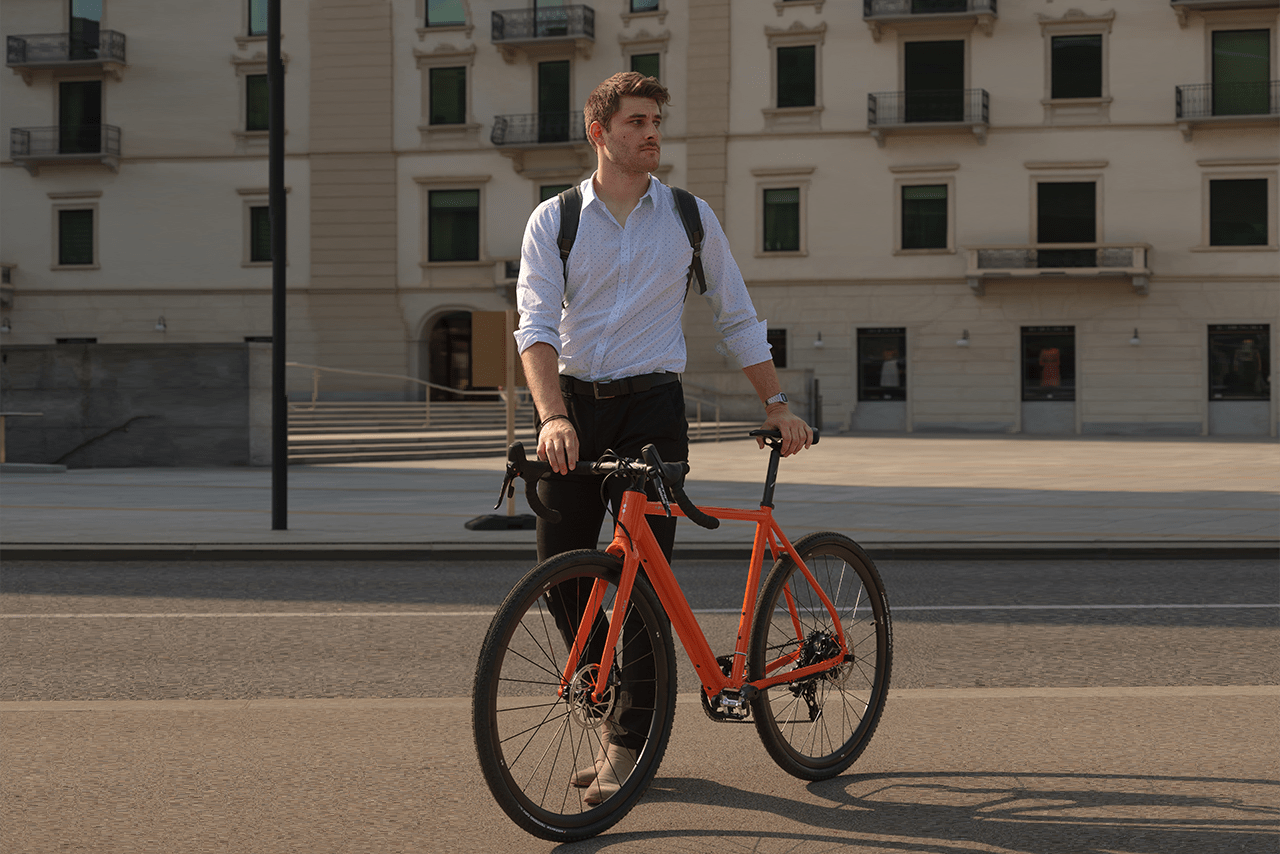
When the legal maximum limit set at 25 km / h is exceeded, the engine of the FSA system ceases to assist, minimizing friction and pedaling resistance. At the same time, this system allows you to save energy, gaining greater autonomy, and to preserve the life of the battery.
In conclusion, to allow the rider to enjoy the riding experience in the smoothest and most serene way, at NOKO we believe that the torque sensor, present in the FSA HM 1.0 system is a great component or even the secret of the NOKO e-bike.
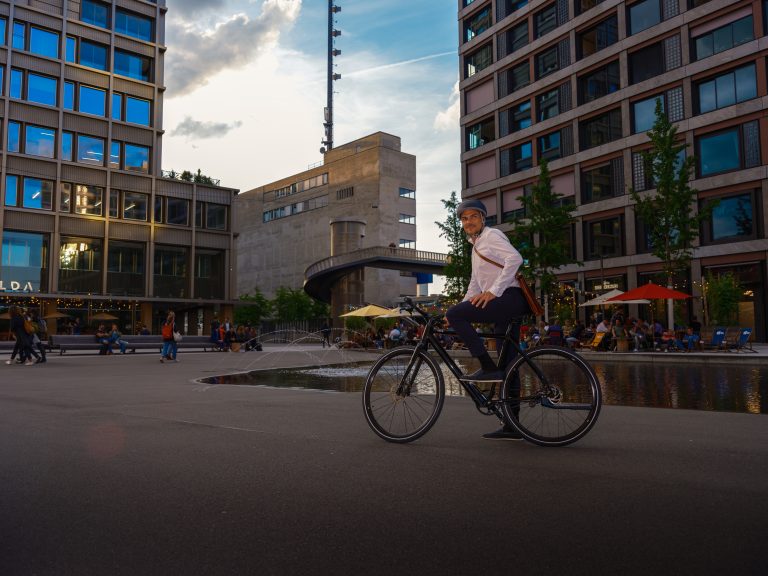

Discover NOKOMAGMA: the new Gravel e-bike that redefines cycling on mixed terrains
The world of pedal-assist bicycles continues to amaze with increasingly advanced innovations, and NOKO is no exception. We are thrilled to introduce our latest model:
NOKO at Blechexpo 2023: E-Bike Showcase in Stuttgart from November 7th to 10th
The NOKO e-bikes are making their debut at the 16th edition of the Blechexpo Trade Fair, a significant event in the world of sheet metal
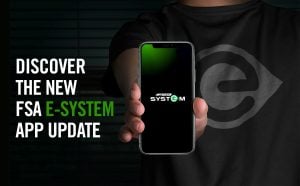
The Future Is Here: Explore the Latest FSA SYSTEM App Update
We are pleased to introduce the latest update of the FSA SYSTEM App, which will make your adventures with NOKO more extraordinary! The main goal
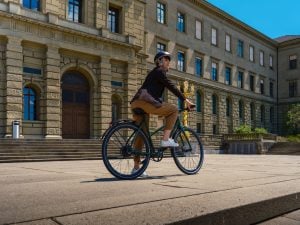
How to choose the right size for your NOKO e-bike
Choosing the right size for your e-bike is crucial to ensure a comfortable, efficient, and safe riding experience. One of the most frequently asked questions
Explore
About Us
Help
TRAFIME SPA – Misterbianco (Italy) Capitale sociale € 15.780.000 i.v. – P.I. 00875480873
TRAFIME SPA – Misterbianco (Italy)
Capitale sociale € 15.780.000 i.v. – P.I. 00875480873